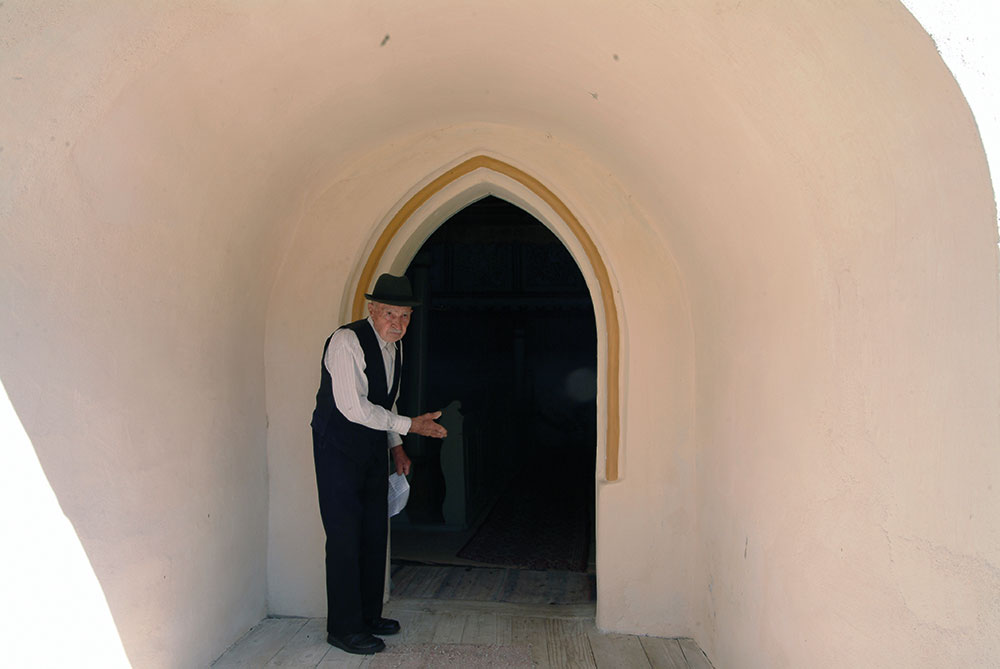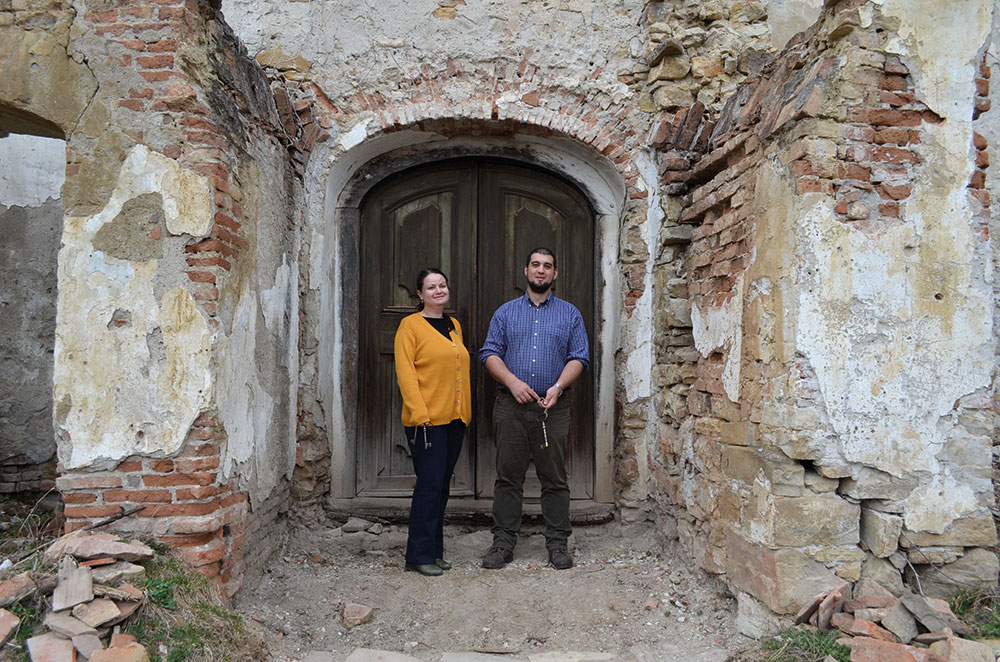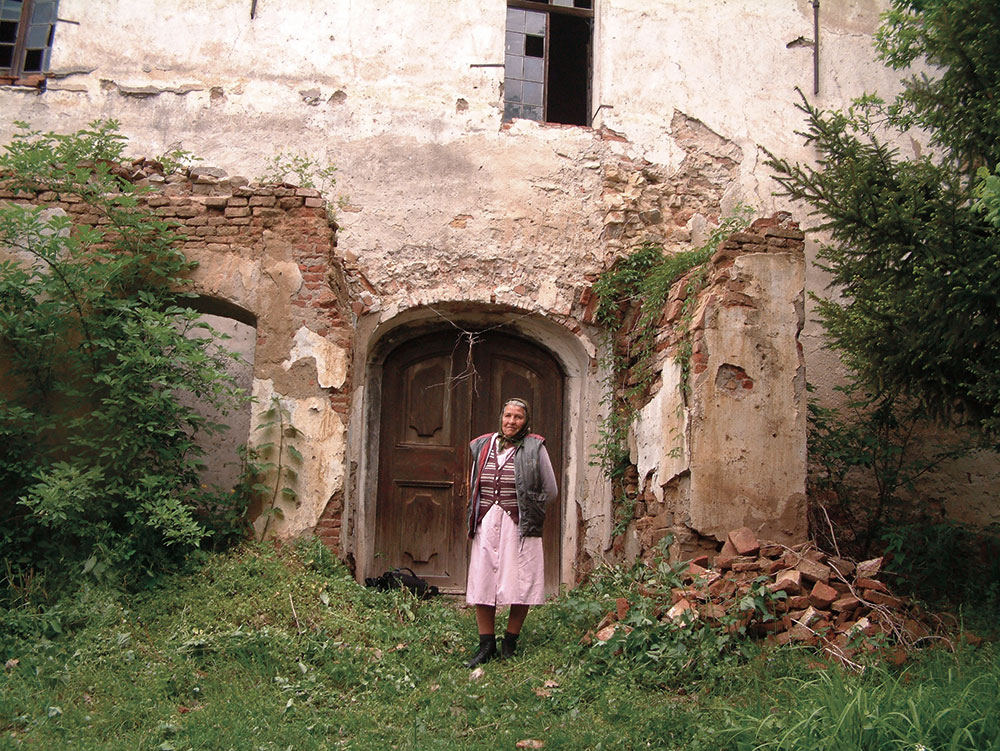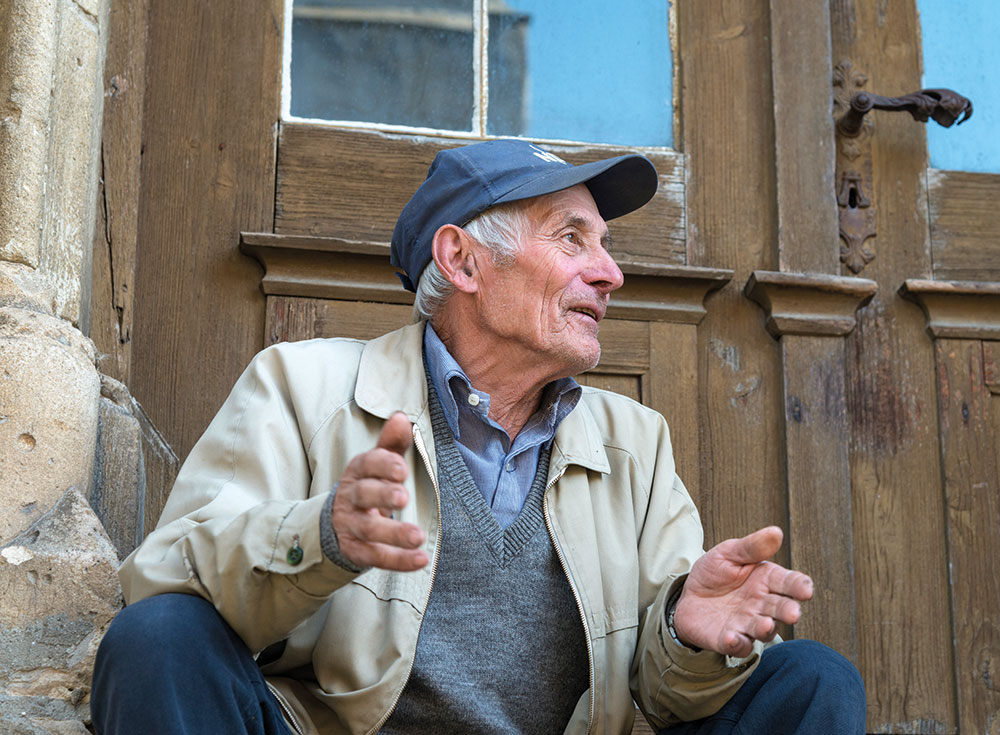„One should never leave the place of suffering but should act in such a way that the suffering leaves the place.“
Eginald Schlattner, retired Reverend in Roșia
The traditional task of Transylvanian Saxon curators and castle guardians was to manage and care for the fortified churches. The entire village population was responsible for the maintenance and structural expansion. After the emigration of most of the Transylvanian Saxons after 1989, the care of the architectural heritage often remained unclear, which favoured the rapidly advancing decay of many fortified church. The ethnic groups also living in the region, such as Romanians, Roma and Hungarians, usually belong to other denominations and use their own places of worship.
The increasing involvement of civil society in recent years has opened up new perspectives for the preservation of the cultural and architectural heritage of the Transylvanian Saxons, but must continue to be promoted. Despite financial and logistical support from foundations, associations, the Romanian and German government and the European Union, the locals are and will remain responsible as the keepers of the common cultural heritage. They identify with it and engage in its maintenance.
People who have ideas for different uses for fortified churches open up new perspectives for the future. Therefore, the Fortified Churches Foundation tries to involve as many actors and supporters from Romania and abroad to work for the preservation of the landscape of fortified churches. This unique European cultural heritage can only be saved and preserved in a joint effort.

Since 2015, the fortified church in Alma Vii has been gradually repaired on the initiative of the Mihai- Eminescu Trust with funds from Norway and North America. Already in 2008 Almen was included in the programme The Independent Village. Photo: Deutsches Kulturforum östliches Europa, Potsdam/Hubert Graml 
Curator Martin Werner died in 2012 at the age of 102 and supervised the fortified church of Moșna for many years. The energetic farmer was supported by the villagers, and therefore managed to preserve the church from deterioration. Photo: Deutsches Kulturforum östliches Europa, 
Radu Bârlă and Alina Pătru, board members of the association Renascendis founded in 2012, committed to the preservation of the Saxon heritage. Meanwhile, they are caring for the fortified church of Felmer that is threatening to collapse and are planning to secure it. Photo: Arne Franke 
Mrs. Schuster was responsible for the already ruinous fortified church in Felmer in the 1990s. As one of the last Saxons in the village, she lacked support for further preservation of the building complex. Photo: Arne Franke 
When the Transylvanian Saxons left Richiș, Johann Schaas took over the job of being curator. With his interpretation of the Gothic architectural sculptures he has been impressing foreign visitors of the forti ed church for years. Photo: Arne Franke
